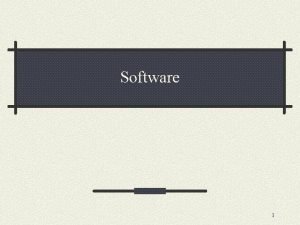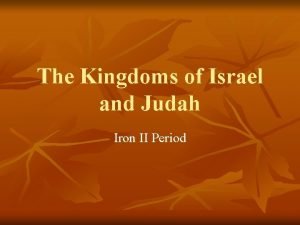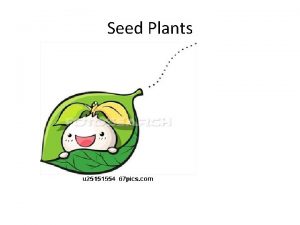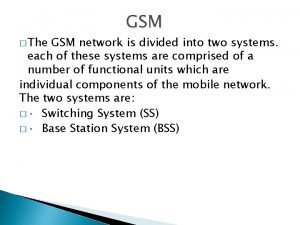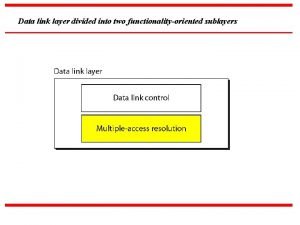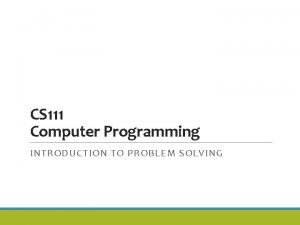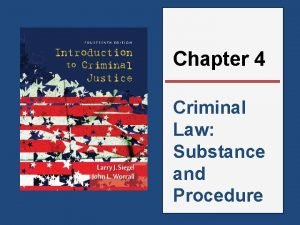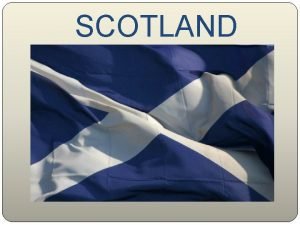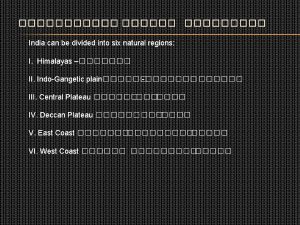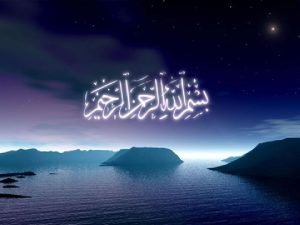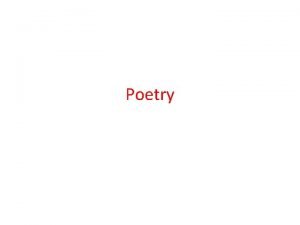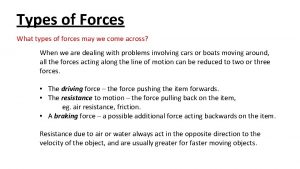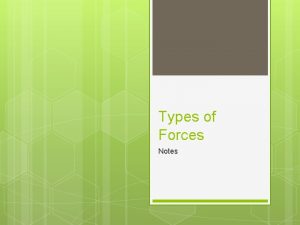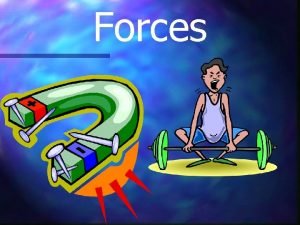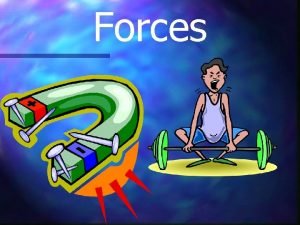Forces are usually divided into two types 1
















- Slides: 16



Forces are usually divided into two types. 1. Contact forces occur because of physical contact between objects. Examples: pushing open a door pulling on a rope 2. Field forces – Act at a distance through space. The presence of an object effects the space around it, creating a region of space around the object called a field. Example: gravitational field magnetic field around a magnet

CONTACT FORCES � Fn mg Called the ‘normal’ force because it is always normal (perpendicular) to the surface.

CONTACT FORCES � Fn Fn Ffr Fn F mg mg

CONTACT FORCES Friction force Ffr § Friction is a force that is created whenever two surfaces move or try to move across each other. § Friction always opposes the motion or attempted motion of one surface across another surface. § Friction is dependent on the texture/roughness of both surfaces. § Friction is also dependent on the force which presses the surfaces together. motion friction

CONTACT FORCES Air resistance / Drag § When an object moves through air or any other fluid, the fluid exerts a friction-like force on the moving object. The force is called drag. § Drag depends upon the speed of the object, becoming larger as the speed increases. (UNLIKE FRICTION!) § Drag also depends upon the size and the shape of the object and the density and kind of fluid. (UNLIKE FRICTION!) B/c drag increases with speed, object moving through the air reach a terminal velocity – a maximum speed at which Fg = Fdrag so there is no more

CONTACT FORCES Air resistance / Drag § When an object moves through air or any other fluid, the fluid exerts a frictionlike force on the moving object. The force is called drag. § Drag depends upon the speed of the object, becoming larger as the speed increases. (UNLIKE FRICTION!) § Drag also depends upon the size and the shape of the object and the density and kind of fluid. (UNLIKE FRICTION!) Without drag, raindrops would fall 340 m/h. With drag, they only fall 17 m/h.

CONTACT FORCES Tension § the force that the end of the rope exerts on whatever is attached to it. § Direction of the force is along the rope. T 2 T 1 physics T 2 What is the relative force along the two yellow arrows? Why?

CONTACT FORCES Spring Force § Force due to the elasticity of a material § Depends on the elasticity of the spring § Direction is opposite displacement

CONTACT FORCES: THINK PAIR SHARE Type of Force Normal Friction Drag Tension Spring Direction

CONTACT FORCES: THINK PAIR SHARE Type of Force Direction Normal Perpendicular to surface, opposite applied / gravitational forces Friction Opposite motion Drag Opposite motion Tension Along the rope & opposite motion Spring Opposite displacement

FIELD FORCES Field Forces Relative Strength Action Distance Gravitational Force attraction between objects due to their masses 10 -45 Infinite – but decreases with square of distance Electromagnetic Force between charges 10 -2 Infinite – but decreases with square of distance Strong Nuclear Force keeps nucleus together 1 Very short! Weak Nuclear Force arise in certain radioactive processes 10 -8 Very very short!

FIELD FORCES Field Forces Relative Strength Action Distance Gravitational Force attraction between objects due to their masses 10 -45 Infinite – but decreases with square of distance Electromagnetic Force between charges 10 -2 Infinite – but decreases with square of distance Strong Nuclear Force keeps nucleus together 1 Very short! Weak Nuclear Force arise in certain radioactive processes 10 -8 Very very short! At the atomic level – all contact forces are result of repulsive electromagnetic forces – the repulsion of atoms’ electric fields

HOW TO SOLVE FORCE PROBLEMS 1. 2. 3. Draw a free body diagram – label all the forces acting on one object. Add up the forces Apply Newton’s second law: F = ma.

3. Identify forces that act on the system How to draw a force diagram Label them on diagram 1. Choose ONE body to be isolated decision: cart dog or the cart? dog 2. Make a simple sketch of the system – point system fr net 4. Find out the net force by adding the force vectors 5. Apply Newton’s second law
 System software can be divided into 2 categories:
System software can be divided into 2 categories: Insidan region jh
Insidan region jh Divided into two types
Divided into two types Two types of forces
Two types of forces Kingdoms of israel and judah
Kingdoms of israel and judah Israel divided into two kingdoms
Israel divided into two kingdoms Low carbon steel uses
Low carbon steel uses Seed plants are divided into two groups called
Seed plants are divided into two groups called Proteins are divided into two groups
Proteins are divided into two groups Gsm technology
Gsm technology Data link layer divided into two sublayers
Data link layer divided into two sublayers A typical programming tasks can be divided into two phases
A typical programming tasks can be divided into two phases Procedural vs substantive due process
Procedural vs substantive due process Latin verbs are divided into
Latin verbs are divided into Scotland is divided into
Scotland is divided into Part of the earth
Part of the earth 6 natural regions
6 natural regions
